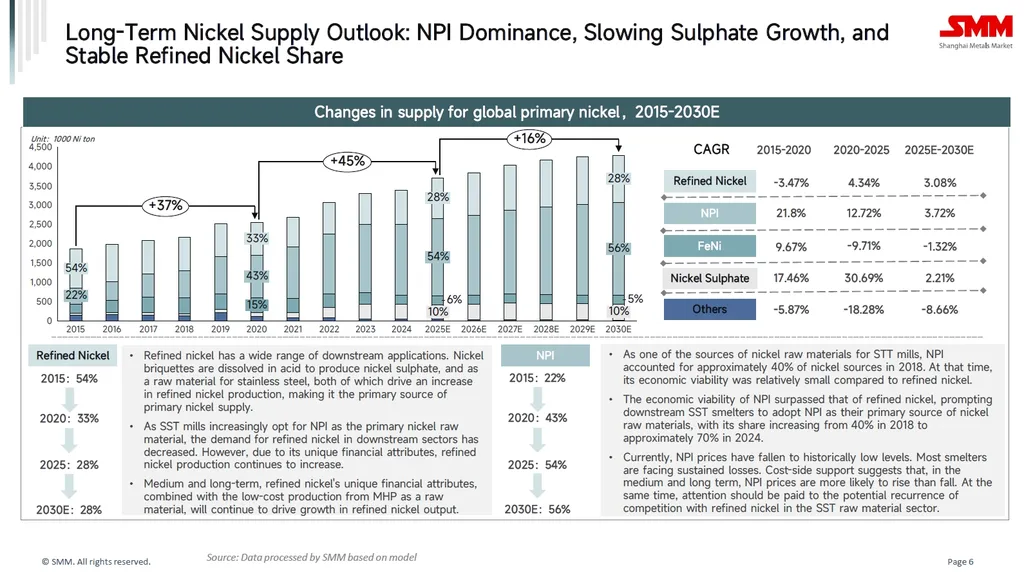In a significant stride towards enhancing the mechanical properties of corrosion-resistant nickel alloys, researchers have successfully developed a composite material that could revolutionize the energy sector. The study, led by Natália L. Do Vale, explores the potential of titanium nitride (TiN) reinforced Inconel 625 composites, offering a promising alternative for high-performance applications in challenging environments.
Inconel 625, a well-known nickel-chromium-molybdenum alloy, is celebrated for its exceptional resistance to corrosion and oxidation. However, its mechanical properties often fall short in demanding applications. To address this limitation, Do Vale and her team at the Federal University of Rio de Janeiro turned to high-energy ball milling (HEBM) to integrate TiN reinforcements into the Inconel 625 matrix. “The objective was to understand how the reinforcement content and milling time affect the characteristics of the composite powders,” Do Vale explained. “This understanding is crucial for their posterior application in laser cladding, a process that can significantly enhance the material’s performance.”
The research, published in the journal ‘Materials Research’ (translated from Portuguese), employed various characterization techniques, including Scanning Electron Microscopy (SEM), Energy Dispersive Spectroscopy (EDS), Laser Diffraction (LD), and X-ray diffraction (XRD). The results were promising, demonstrating that HEBM provided an effective method for producing TiN-Inconel 625 composites. The TiN reinforcements were well-integrated into the nickel alloy matrix, suggesting a significant improvement in mechanical properties.
The implications for the energy sector are substantial. Inconel 625 is widely used in oil and gas, chemical processing, and nuclear power plants due to its corrosion resistance. However, its mechanical properties often limit its use in high-stress, high-temperature environments. The TiN-Inconel 625 composites developed by Do Vale and her team could extend the range of applications for this alloy, enhancing the efficiency and longevity of critical components in these industries.
Moreover, the study’s findings could pave the way for further advancements in metal matrix composites. “Understanding the effect of reinforcement content and milling time is just the beginning,” Do Vale noted. “This research opens up new avenues for optimizing the properties of composites for specific applications, potentially leading to breakthroughs in various industries.”
As the energy sector continues to demand materials that can withstand increasingly harsh conditions, the development of advanced composites like TiN-Inconel 625 becomes ever more critical. This research not only highlights the potential of these composites but also underscores the importance of continued innovation in materials science. With further development, these composites could play a pivotal role in shaping the future of the energy sector, driving efficiency, and reliability in high-performance applications.

